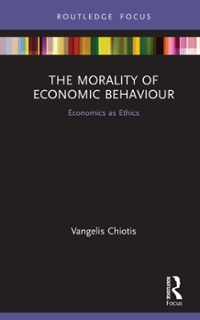Question
1. Which of the following is NOT a measure of wage equality in an economy? A. Lorenz curve. B. Total wealth distribution by the richest
1. Which of the following is NOT a measure of wage equality in an economy?
A.
Lorenz curve.
B.
Total wealth distribution by the richest 10%.
C.
Average (mean) wage.
D.
Gini-index.
2. Imagine you can mow 3 lawns or clean 2 cars in an hour and your friend, Sally, can mow 2 lawns or clean 4 cars in an hour. How would you describe your advantage over Sally?
A.
Derivative advantage.
B.
Absolute advantage.
C.
Inefficient advantage.
D.
Comparative advantage.
3. Economics is best defined as
A.
The study of how people allocate limited resources to unlimited wants.
B.
The study of how decisions affect company culture and attitudes.
C.
A set of rules with credit and debits to balance finances.
D.
Differing asset classes including bonds, stocks, and alternative investments.
4. Any amount earned over $120,000 is not subject to social security. This is an example of a(n)
A.
Marginal Tax.
B.
Progressive Tax.
C.
Regressive Tax.
D.
Proportional Tax.
5. The price of peanut butter is currently at $3.89, if the price decreases to $2.89, we would expect the demand to
A.
Increase with substitute goods.
B.
Increase with the lower price.
C.
Decrease with the lower price.
D.
Remain constant as price has no effect on demand.
Step by Step Solution
There are 3 Steps involved in it
Step: 1

Get Instant Access to Expert-Tailored Solutions
See step-by-step solutions with expert insights and AI powered tools for academic success
Step: 2

Step: 3

Ace Your Homework with AI
Get the answers you need in no time with our AI-driven, step-by-step assistance
Get Started


